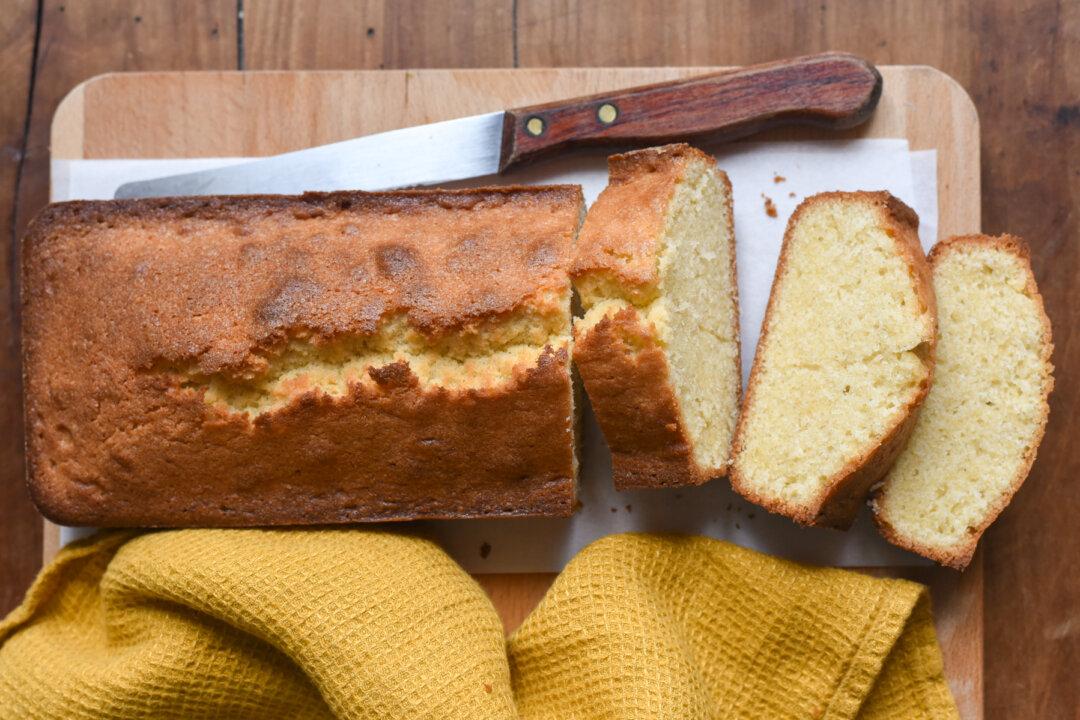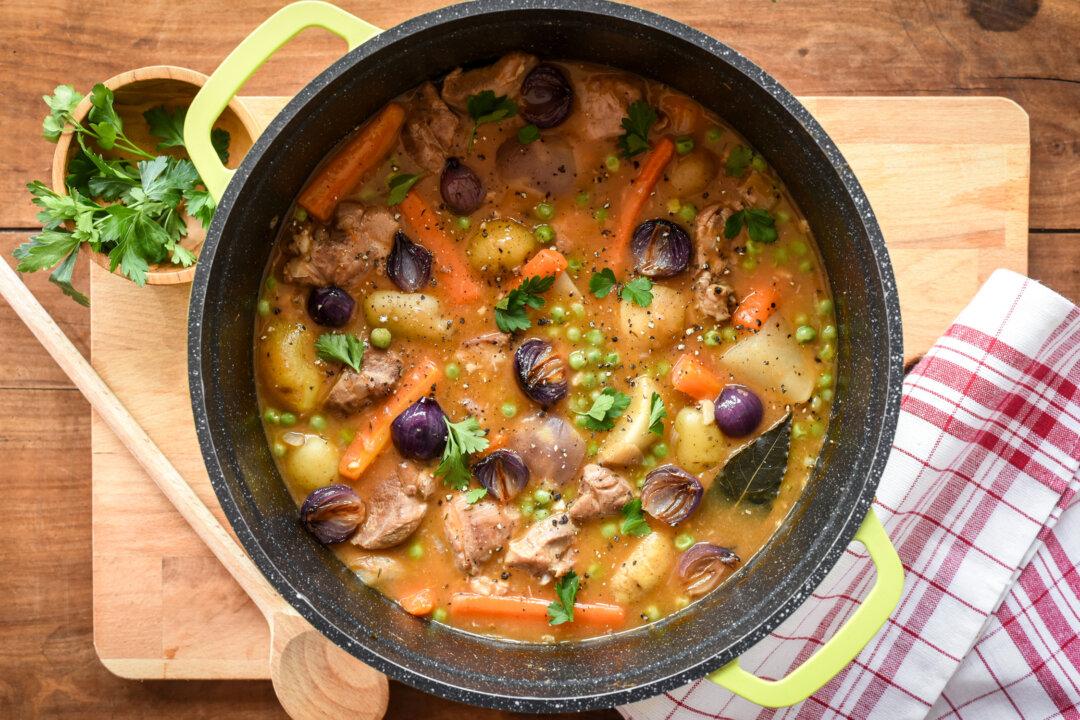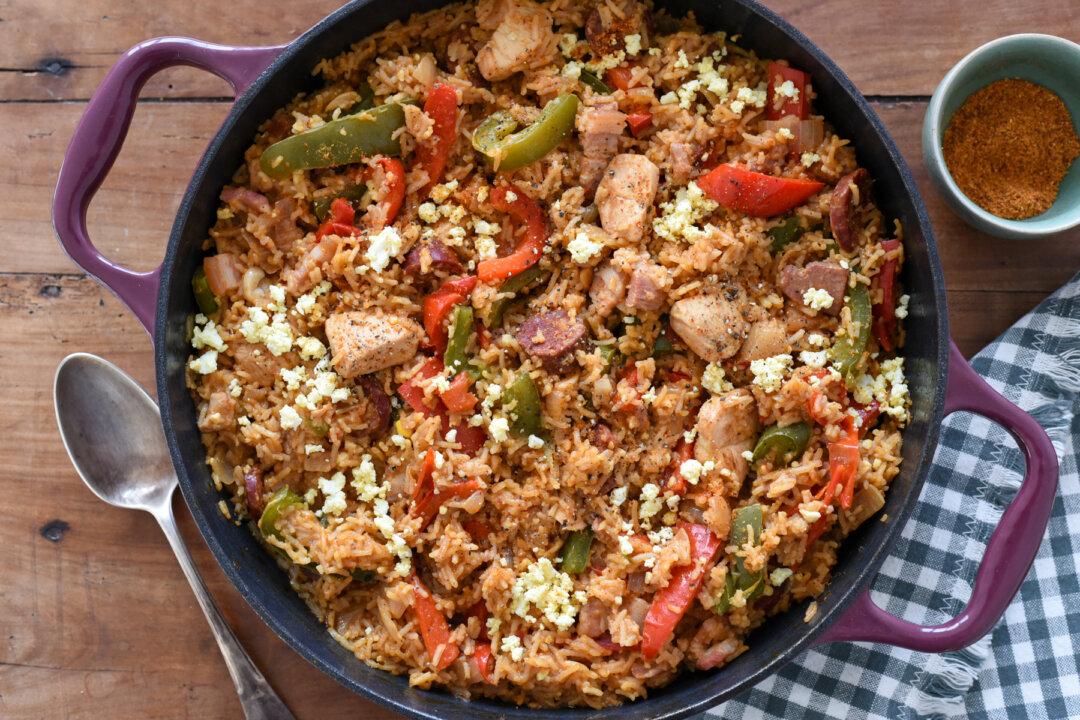Cheesy, crisp, and airy, gougères are impossible to stop at just one. These savory cheese puffs are typically served warm to accompany wine tastings in France, but there’s little wonder as to why they’re so beloved all across the country. Served as appetizers or as part of a cheese platter, they’re ideal for the holidays, as they’re easy to make and sure to impress your guests.
Burgundy Roots
No one is sure who developed the first gougère, but the pastry seems to find its roots in Burgundy, one of France’s best-known wine regions; the first mention of gougères comes from a 1571 wedding menu from the region’s town of Sens.Some say gougères originated from the little town of Flogny-la-Chapelle, still in Burgundy, where a 19th-century Parisian baker named Liénard won locals over with his cheesy gougères, which were then ring-shaped. Still today, Flogny-la-Chapelle organizes an annual gougères festival and has a tasting guild for gougères.





